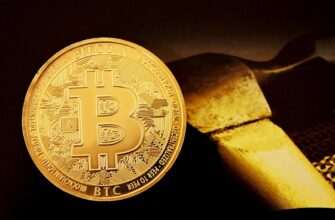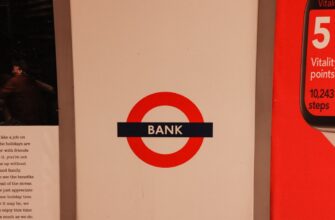- Understanding the USD to IDR Exchange Rate History
- A Historical Overview of USD to IDR Exchange Rates
- Key Factors Influencing the USD/IDR Rate
- 1. Indonesia’s Economic Policies
- 2. Commodity Prices
- 3. Global Economic Shifts
- 4. Political Stability
- Recent Trends in the USD to IDR Exchange Rate (2020–2023)
- FAQ: USD to IDR Exchange Rate History
- 1. Why does the IDR fluctuate so much?
- 2. How does the exchange rate affect Indonesia’s economy?
- 3. Should I exchange USD to IDR now?
- 4. Where can I track the USD/IDR rate?
- Conclusion
Understanding the USD to IDR Exchange Rate History
The USD to IDR (US Dollar to Indonesian Rupiah) exchange rate is a critical metric for travelers, investors, and businesses engaged in trade between the United States and Indonesia. Over the decades, this rate has experienced significant fluctuations influenced by global events, economic policies, and market dynamics. This article explores the history of the USD/IDR exchange rate, key factors driving its volatility, and answers to common questions.
A Historical Overview of USD to IDR Exchange Rates
The Indonesian Rupiah (IDR) was introduced in 1949, replacing the Dutch East Indies guilder. Since then, its value against the USD has shifted dramatically:
- 1960s–1980s: Under President Suharto’s regime, Indonesia stabilized its economy, with the IDR averaging 415–625 per USD until the mid-1980s.
- 1997–1998 Asian Financial Crisis: The IDR plummeted from 2,400 to 16,000 per USD, triggered by currency speculation and economic instability.
- 2000s Recovery: Post-crisis reforms strengthened the IDR, stabilizing around 9,000–10,000 per USD by 2009.
- 2013 Taper Tantrum: The IDR weakened to 12,000+ per USD as global investors fled emerging markets.
- 2020–2023: COVID-19 and Fed rate hikes pushed the IDR to 15,000–16,000 per USD.
Key Factors Influencing the USD/IDR Rate
1. Indonesia’s Economic Policies
Bank Indonesia’s monetary policies, such as interest rate adjustments and foreign exchange interventions, directly impact the IDR’s value.
2. Commodity Prices
As a major exporter of coal, palm oil, and natural gas, Indonesia’s currency often fluctuates with global commodity demand.
3. Global Economic Shifts
Events like the 2008 recession and U.S. Federal Reserve policies (e.g., rate hikes) affect investor sentiment toward emerging markets like Indonesia.
4. Political Stability
Elections, regulatory changes, and social unrest can lead to temporary IDR depreciation.
Recent Trends in the USD to IDR Exchange Rate (2020–2023)
- 2020: IDR hit 16,000/USD amid pandemic-driven capital outflows.
- 2021–2022: Partial recovery to 14,300/USD as commodity exports surged.
- 2023: Rate stabilized near 15,000–15,500/USD due to high U.S. interest rates.
FAQ: USD to IDR Exchange Rate History
1. Why does the IDR fluctuate so much?
The IDR is sensitive to global risk sentiment, commodity prices, and Indonesia’s reliance on foreign investment.
2. How does the exchange rate affect Indonesia’s economy?
A weaker IDR boosts export revenue but raises import costs, affecting inflation and consumer spending.
3. Should I exchange USD to IDR now?
Monitor trends via platforms like XE.com or Bank Indonesia’s website, and consider consulting a financial advisor.
4. Where can I track the USD/IDR rate?
Use financial tools (Google Finance, Bloomberg) or currency converter apps for real-time data.
Conclusion
The USD to IDR exchange rate reflects Indonesia’s economic journey and global interconnectedness. By understanding its history and drivers, stakeholders can make informed decisions in this dynamic market.








